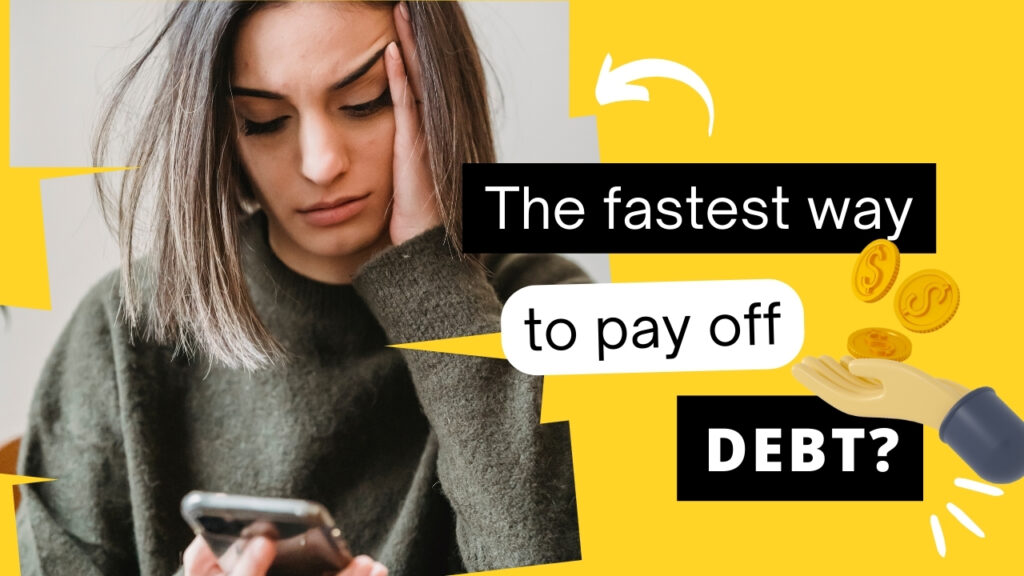How to Get Out of Debt: A Step-by-Step Guide

Debt can be overwhelming and financially crippling, but it’s not an insurmountable obstacle. With the right strategies and determination, you can work your way towards financial freedom. In this blog post, we will provide a comprehensive, step-by-step guide to help you get out of debt and regain control of your financial future.
Step 1: Assess Your Debt
Before you can tackle your debt, you need to understand the full scope of the problem. Start by listing all your debts, including credit cards, loans, and any outstanding bills. Note down the current balances, interest rates, and minimum monthly payments. This assessment will serve as your roadmap to debt recovery.
Step 2: Create a Budget
To manage your debt effectively, you must have a clear picture of your income and expenses. Create a budget that outlines your monthly income and all necessary expenses, such as housing, utilities, groceries, and transportation. This budget will help you identify areas where you can cut back to allocate more funds toward debt repayment.
Step 3: Prioritize Your Debts
Once you have a budget in place, prioritize your debts. You can choose between two popular methods:
- The Snowball Method: Pay off the smallest debts first. This method offers quick wins, boosting your motivation to tackle larger debts.
- The Avalanche Method: Prioritize high-interest debts first, as this method will save you the most money in the long run.
Step 4: Negotiate Interest Rates
Contact your creditors to explore the possibility of lowering your interest rates. In many cases, they may be willing to negotiate, especially if you have a history of on-time payments. Lower interest rates can significantly reduce the total amount you pay over time.
Step 5: Increase Your Income
To accelerate your debt payoff, consider ways to increase your income. You can take on a part-time job, freelance work, or sell unused items to generate extra money that can be directed toward your debts.
Step 6: Create an Emergency Fund
While it may seem counterintuitive to save money while in debt, having an emergency fund can prevent you from taking on more debt in case of unexpected expenses. Start by saving a small amount each month until you have at least $1,000 set aside.
Step 7: Stick to Your Budget
Maintaining discipline is crucial. Stick to your budget, track your spending, and make necessary adjustments as you progress. Avoid accumulating new debt during this time.
Step 8: Automate Payments
Set up automatic payments for your debts whenever possible. This ensures that you never miss a due date and helps improve your credit score.
Step 9: Seek Professional Help if Needed
If you’re overwhelmed by debt, consider consulting with a credit counseling agency or a debt consolidation service. These professionals can offer guidance and help you develop a debt management plan.
Step 10: Celebrate Milestones
Acknowledge your progress and celebrate milestones along the way. Paying off individual debts or achieving specific financial goals can be a motivating factor on your journey to debt freedom.
Conclusion
Getting out of debt is a challenging but achievable goal. By assessing your debt, creating a budget, and prioritizing your payments, you can take control of your financial future. It’s a journey that requires determination, discipline, and patience, but with each step, you move closer to the freedom and peace of mind that come with a debt-free life. Remember, your financial well-being is worth the effort.



